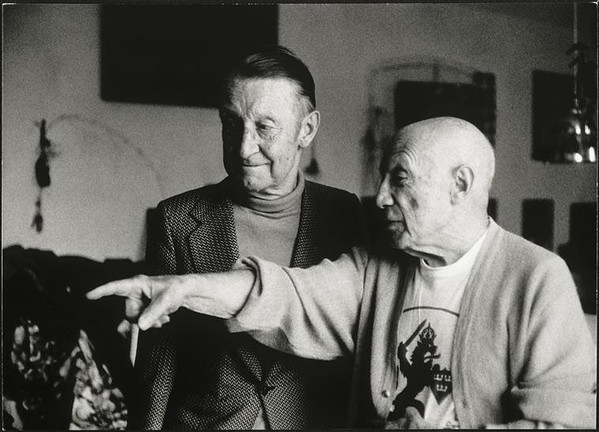Albert Skira
Настоящее имя: Albert Skira
Об исполнителе:
Swiss publisher, pioneering books designer and founder of the eponymous printing house (10 August 1904, Geneva —14 September 1973, Dully). Albert Skira is widely renowned for de-facto inventing contemporary "coffee table" art books in the 1930s by reviving the antique des Quart format and setting new quality standards in full-color printing. He also published an iconic art and literary review French magazine, Minotaure (1933–39), which featured some of the most influential surrealists, writers and philosophers of the era, including André Breton, Marcel Duchamp, Paul Éluard, and Pierre Mabille. In 1928, after working as a bookseller for several years, Skira established Editions d'Art Albert Skira in Lausanne, aiming to publish classic and modern literature illustrated by leading contemporary artists. In 1931, Albert Skira moved the operations to his hometown, Geneva. Over the next few years, he produced a critically-acclaimed series of "definitive," deluxe editions: Ovid's Les Métamorphoses (1931) with 30 original engravings by Pablo Picasso, Poésies ('32) by Stéphane Mallarmé with 29 etchings by Henri Matisse, and Comte De Lautréamont's Les Chants de Maldoror ('34) decorated by Salvador Dalí. Skira spent most of the 1930s in Paris, where he published a renowned Minotaure art magazine. Albert returned to Geneva in 1941 and continued running Skira Editore throughout World War II, with some of the highlights including Pierre de Ronsard's Florilège des Amours (1941–'48) in collaboration with Matisse, Pantagruel (1943) by François Rabelais, or Jean-Paul Sartre's Nourritures ('49) illustrated by Wols. In the 1950s and 60s, his perfectionism turned Skira Color Studios into one of the world's leading publishing houses for art books with full-color illustrations. Skira had international customers, such as book publishers and several record labels: RCA Victor's deluxe Soria Series, VOX (6) and Swedish Vibe Plader. In his final years, Albert Skira worked on several ambitious, comprehensive compendiums of fine arts, including The Great Centuries of Painting (1950–59) in 14 volumes, eight-part Treasures of the World (1962–70) and a few others.

